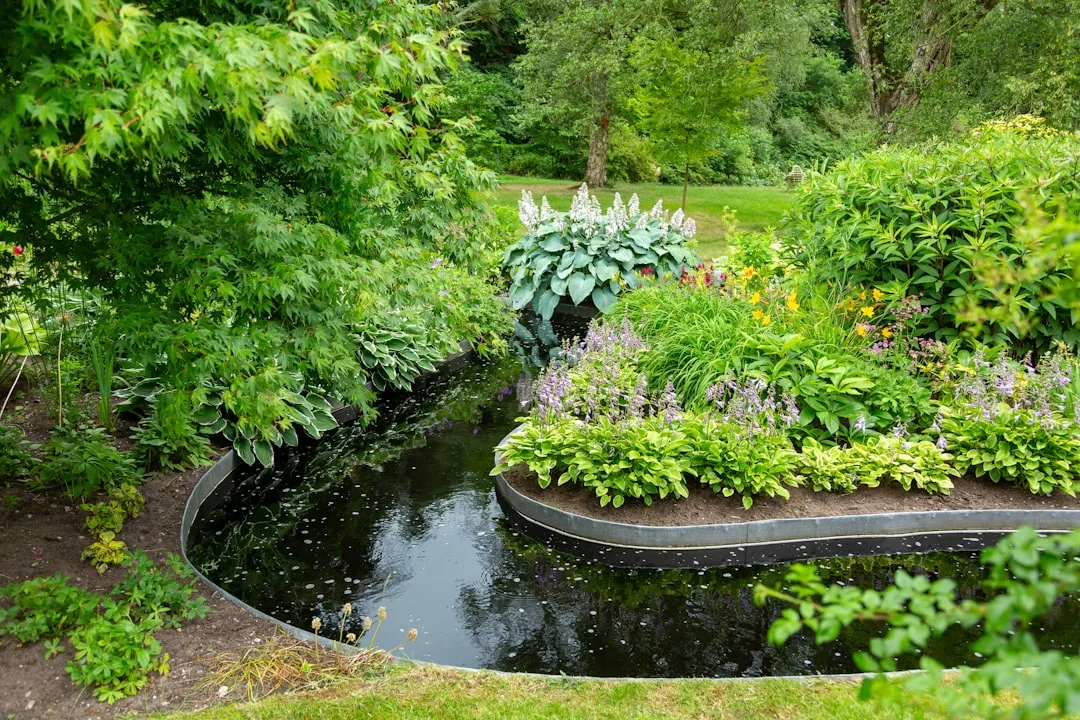
When it comes to enhancing the beauty of your landscape, especially water - related areas like ponds and wetlands, few plants can match the charm and practicality of pickerel weed. This remarkable plant is not only a visual delight but also a low - maintenance addition that can thrive with minimal effort.
Pickerel weed, scientifically known as Pontederia cordata, is a native North American plant. It has a long history of being a part of the natural wetland ecosystems. Its heart - shaped leaves are a distinct feature, adding an element of softness and elegance to any water garden. The leaves are a rich green color, which provides a beautiful contrast against the water's surface.
One of the most appealing aspects of pickerel weed is its blooming period. From summer to fall, this plant bursts into a display of stunning purple flowers. These flowers are arranged in dense spikes that rise above the foliage. The color purple is not only eye - catching but also attracts a variety of pollinators. Bees, butterflies, and hummingbirds are often seen flitting around the pickerel weed, making it a lively and dynamic part of your landscape. The presence of these pollinators is beneficial not only for the pickerel weed itself but also for the overall health of your garden. They help in the pollination process, which can lead to the production of seeds and the continuation of the plant's life cycle.
In terms of maintenance, pickerel weed is a dream come true for gardeners. It is an easy - to - grow plant that can tolerate a wide range of conditions. It prefers full sun to partial shade, making it adaptable to different areas of your water garden. Whether your pond is in a spot that gets direct sunlight for most of the day or has some shade from nearby trees, pickerel weed can still thrive. It can also grow in a variety of soil types, as long as the soil is moist. In fact, it is well - suited for wetland areas where the soil is constantly saturated with water.
When it comes to planting pickerel weed, it is a relatively straightforward process. You can start by purchasing pickerel weed plants from a local nursery or online plant store. Make sure to choose healthy plants with no signs of disease or damage. Dig a hole in the soil near the edge of your pond or wetland area. The hole should be deep enough to accommodate the root ball of the plant. Place the plant in the hole and backfill with soil, gently pressing the soil around the base of the plant to secure it. Water the plant thoroughly after planting to help it establish its roots.
Once planted, pickerel weed requires very little care. You don't need to fertilize it frequently. A light application of a balanced fertilizer in the spring can be sufficient to keep the plant healthy and encourage growth. Pruning is also minimal. You can remove any dead or damaged leaves or flowers as needed to keep the plant looking neat. In the fall, after the blooming period is over, you can cut back the plant to about a few inches above the ground to prepare it for the winter months.
Pickerel weed can also have ecological benefits. It helps in improving water quality by filtering out pollutants and excess nutrients from the water. This can be especially beneficial for ponds and wetlands that may be affected by runoff from nearby areas. The roots of the pickerel weed act as a natural filter, trapping sediment and absorbing harmful substances. Additionally, it provides habitat and shelter for small aquatic animals. Fish, frogs, and other small creatures can use the pickerel weed as a hiding place and a source of food.
In conclusion, pickerel weed is a wonderful addition to any landscaping project, especially water gardens. Its low - maintenance nature, stunning blooms, and ecological benefits make it a top choice for gardeners. Whether you are a beginner or an experienced gardener, pickerel weed can transform your pond or wetland area into a beautiful and vibrant ecosystem. So, why not consider adding pickerel weed to your landscape and enjoy its beauty for years to come?
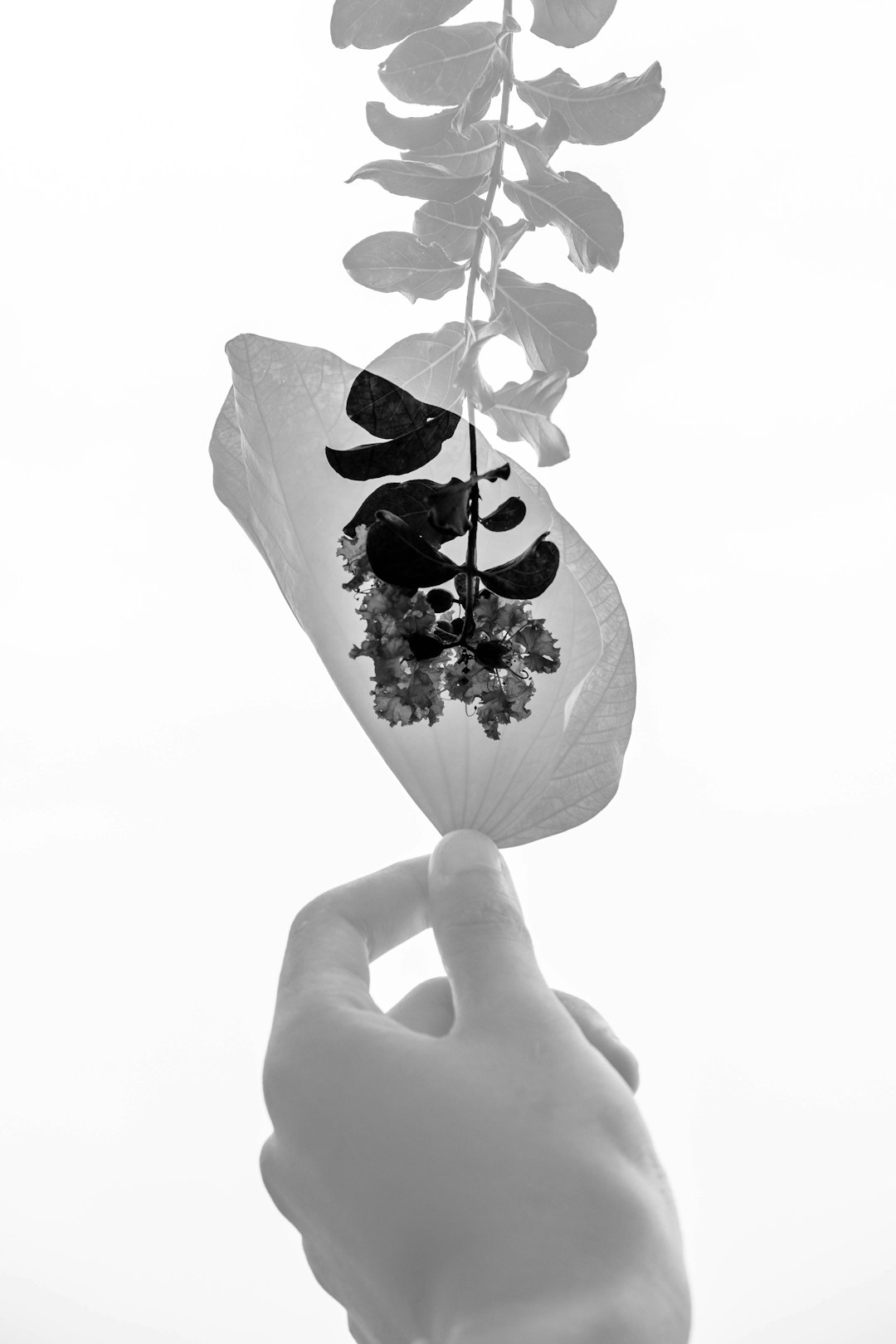
The Secret to Squirrel - Free Potted Plants
The Secret to Squirrel - Free Potted Plants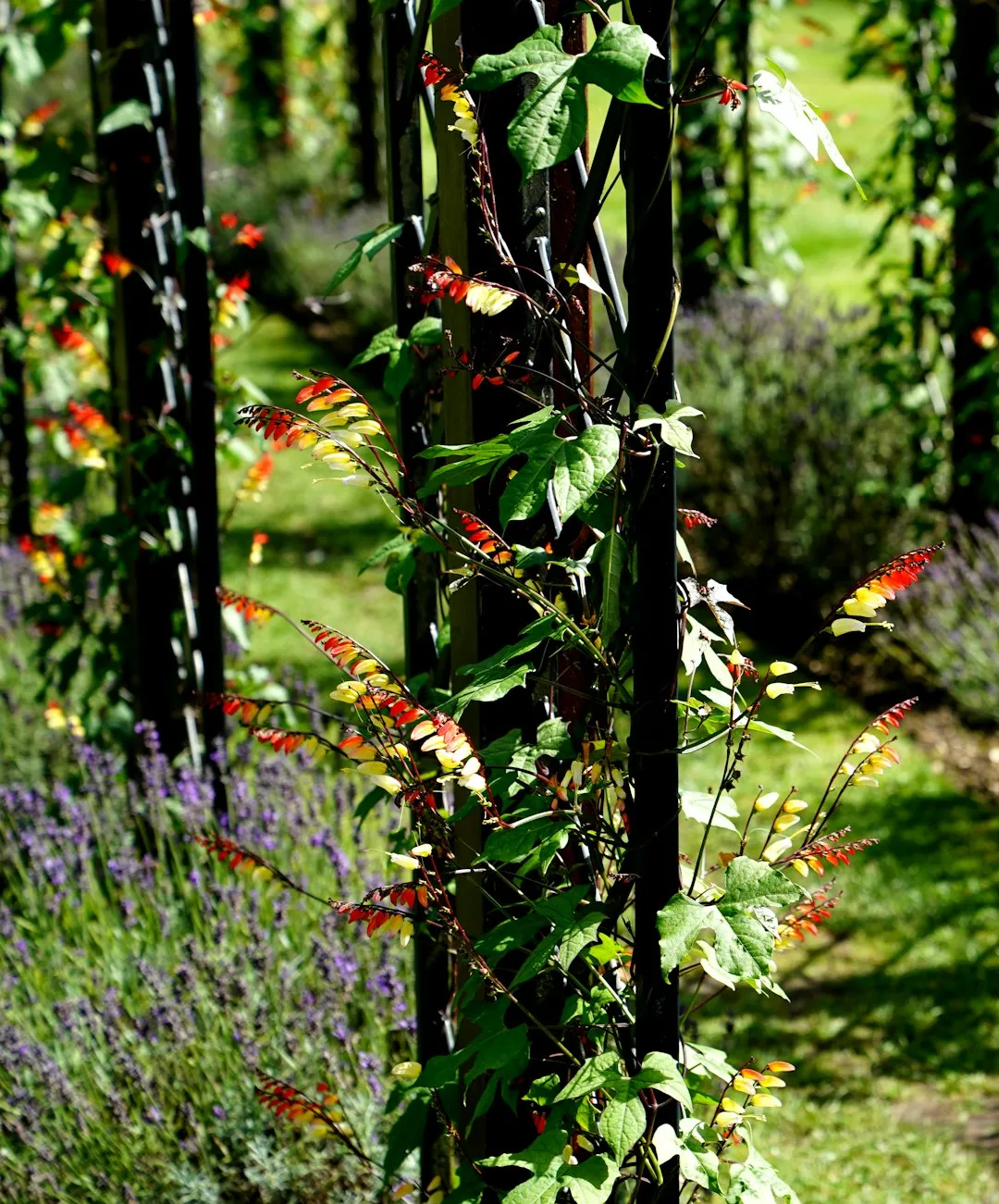
Sweet Rewards: Cultivating Berries in Containers
Sweet Rewards: Cultivating Berries in Containers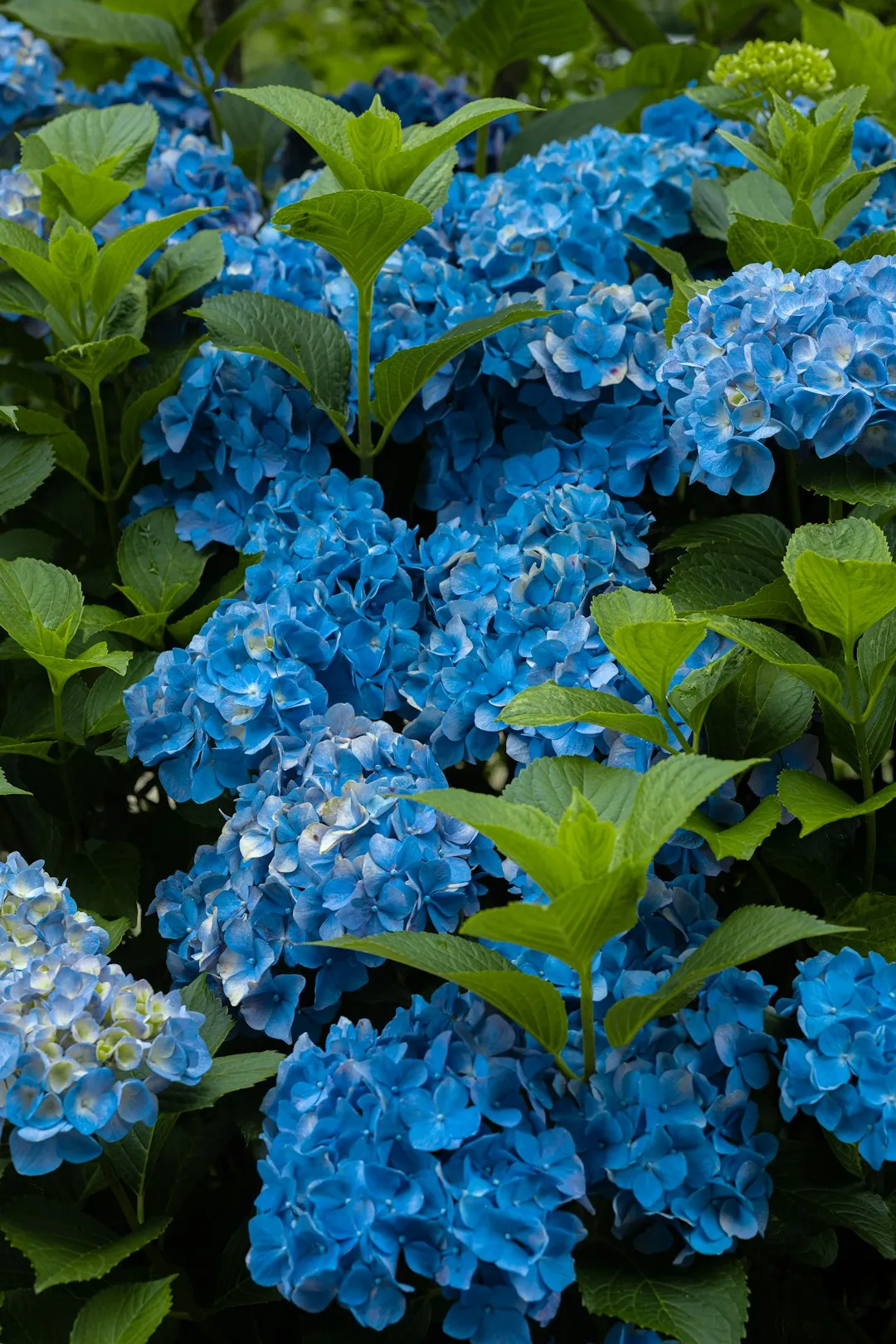
Unveiling the Secrets of a Stunning Lawn
Unveiling the Secrets of a Stunning Lawn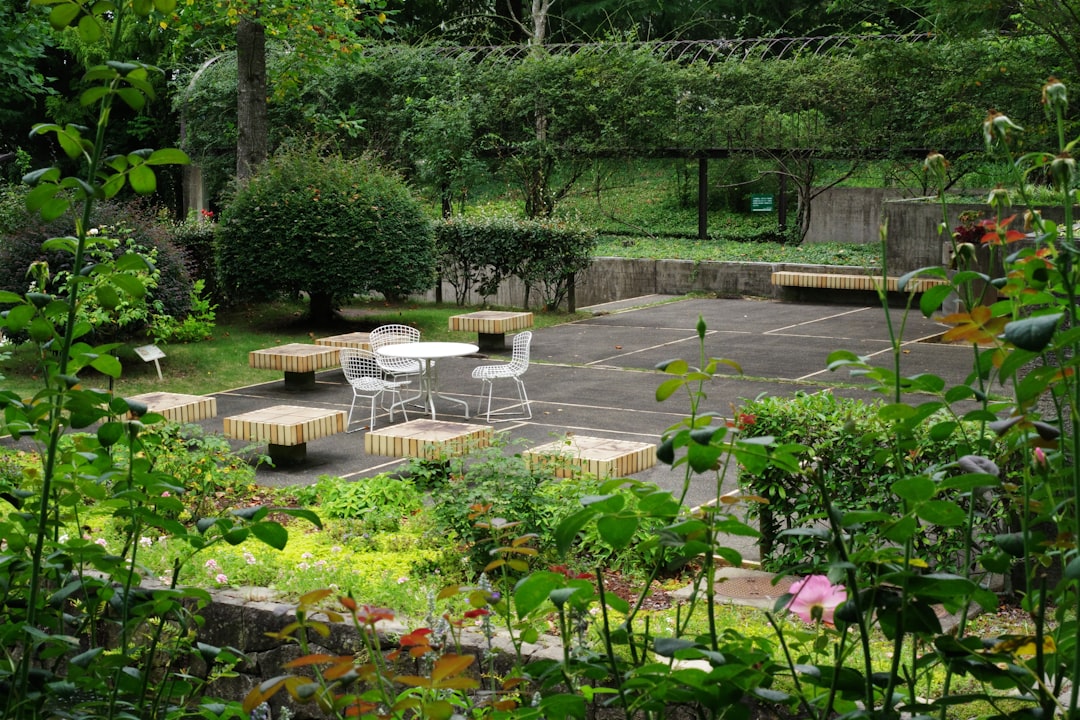
Fall Lawn Maintenance: The Key to a Healthy Yard in Winter
Fall Lawn Maintenance: The Key to a Healthy Yard in Winter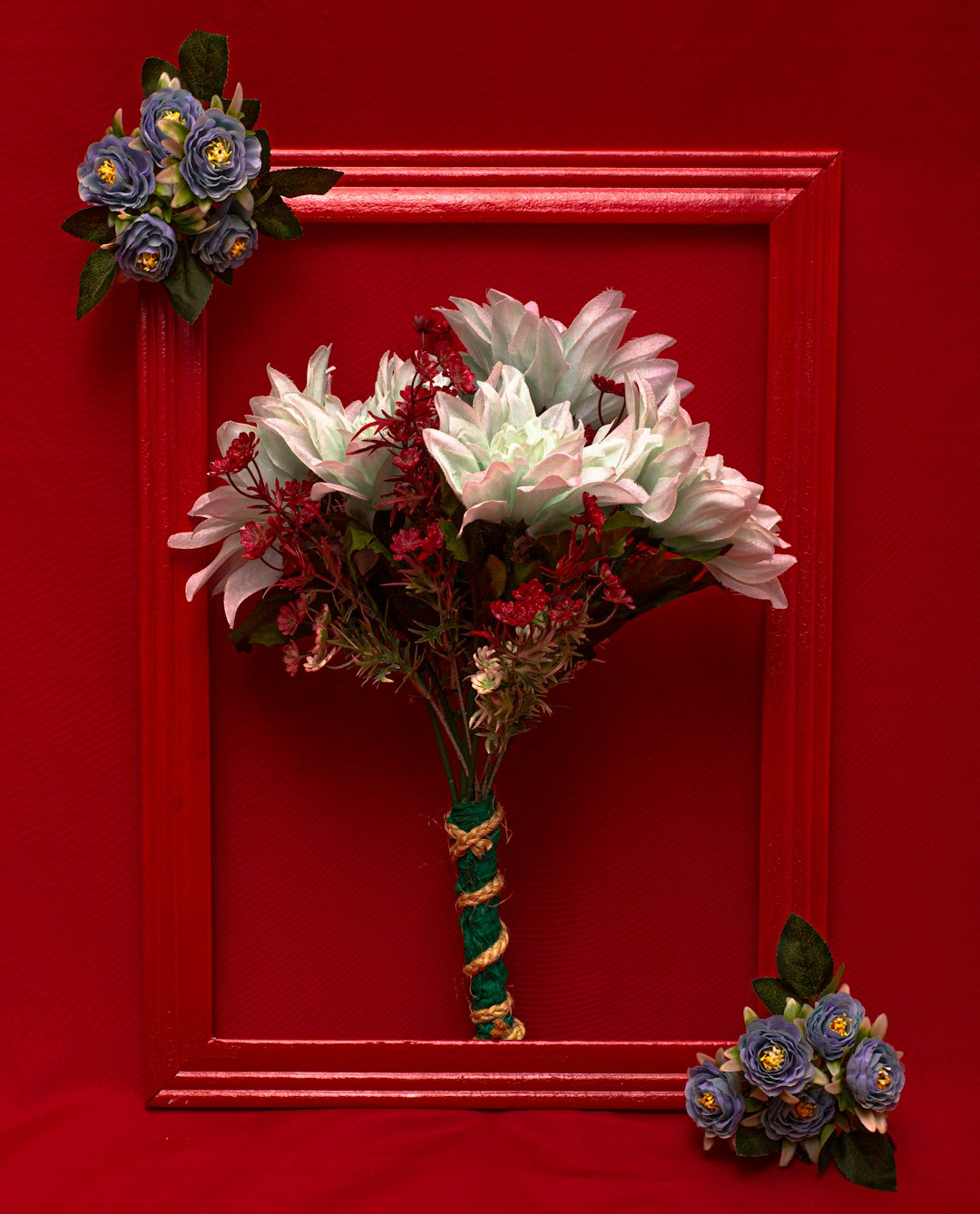
The Secret to Soil Amendment Without Uprooting Your Plants
The Secret to Soil Amendment Without Uprooting Your Plants
Unleash Your Garden's Potential: The Art of Seed Collection
Unleash Your Garden's Potential: The Art of Seed Collection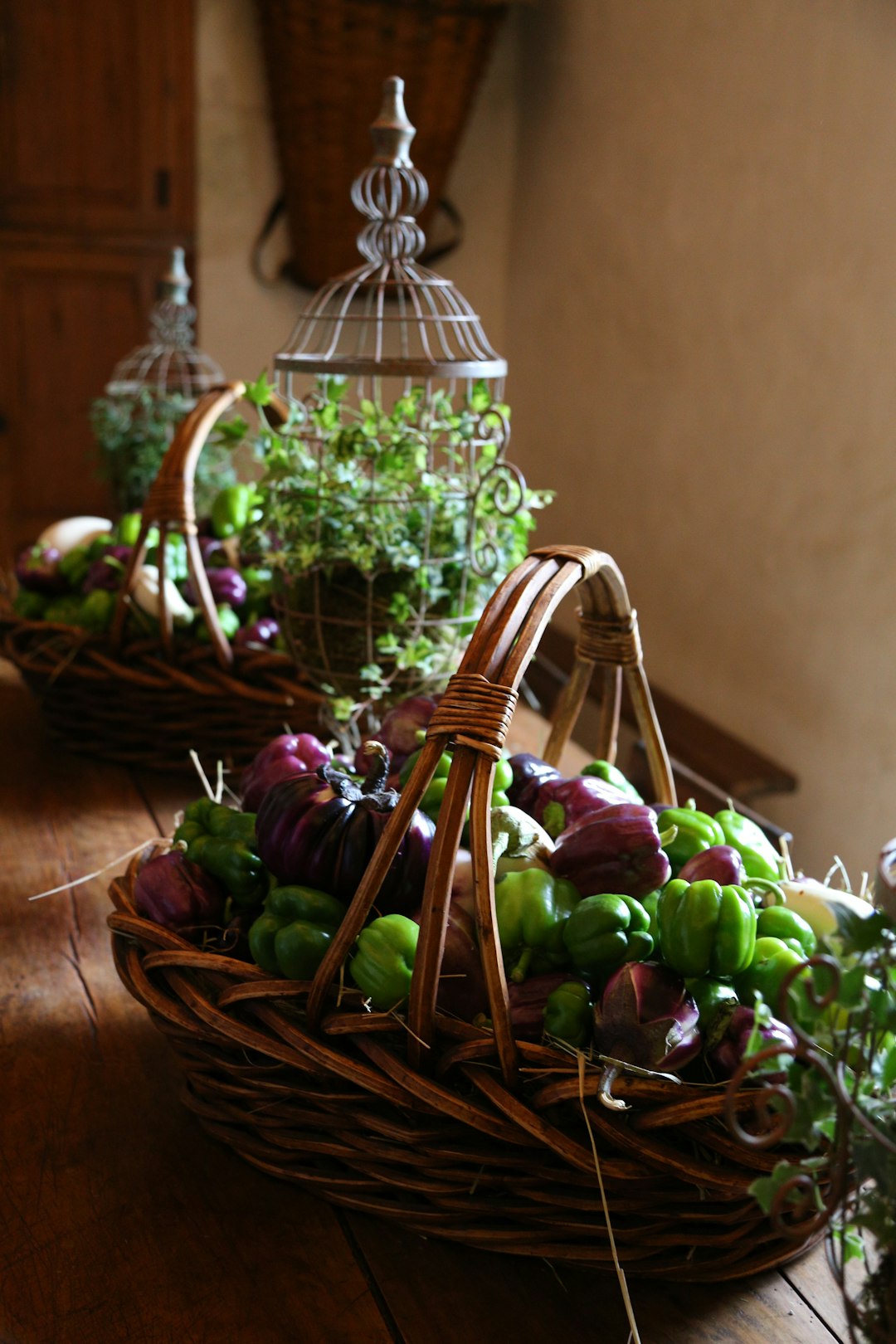
Pre - Summer Yard Care Essentials
Pre - Summer Yard Care Essentials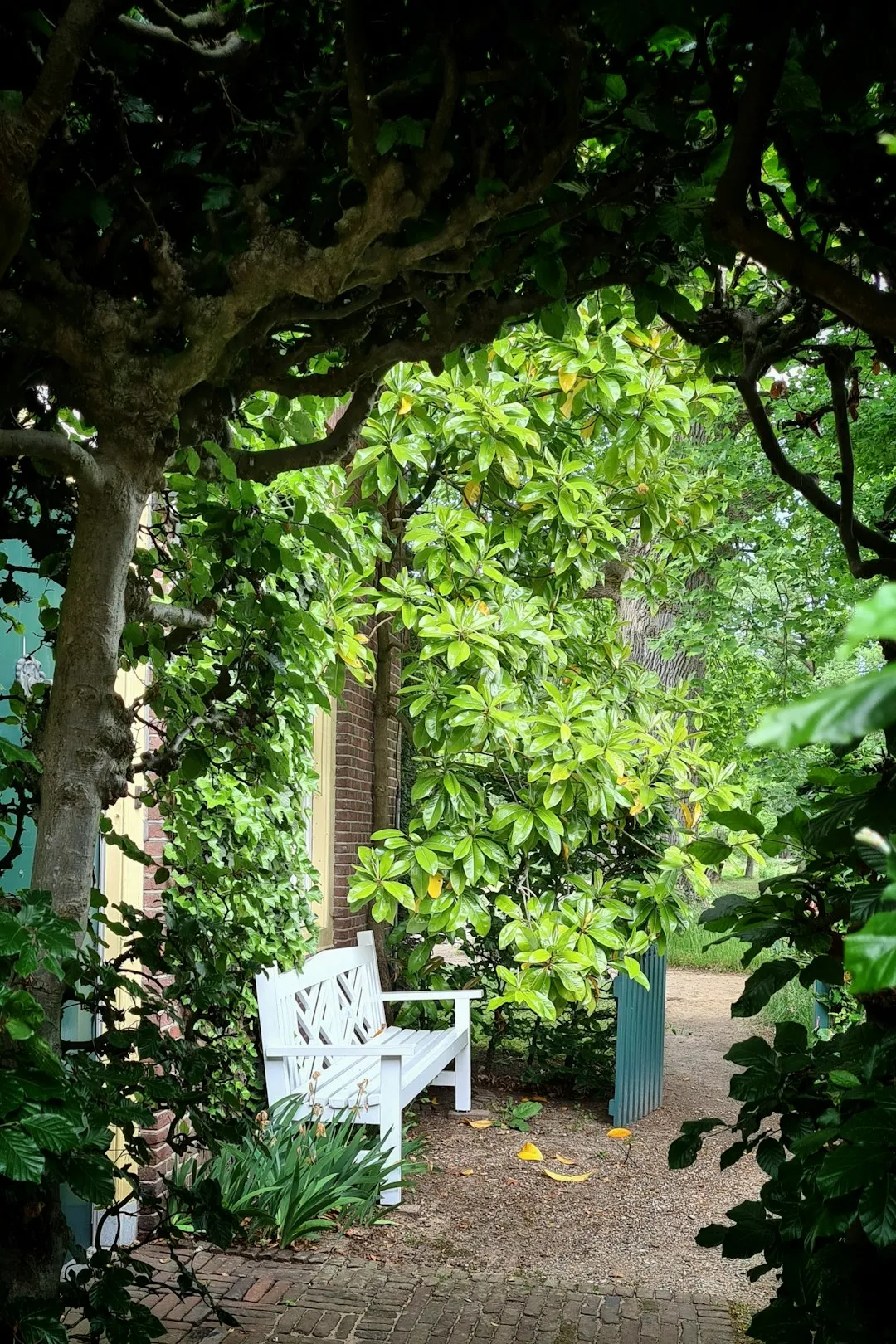
Weathering the Storm: Nurturing Your Garden in Extreme Conditions
Weathering the Storm: Nurturing Your Garden in Extreme Conditions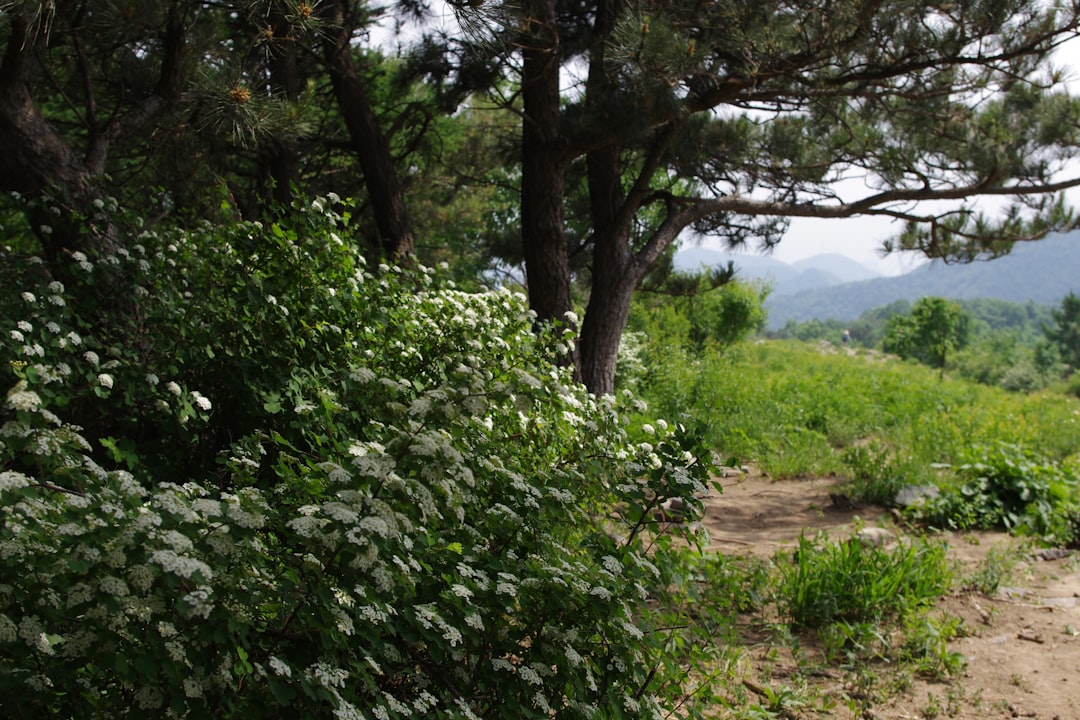
Summer Pruning: The 10 Flowering Plants to Leave Alone
Summer Pruning: The 10 Flowering Plants to Leave Alone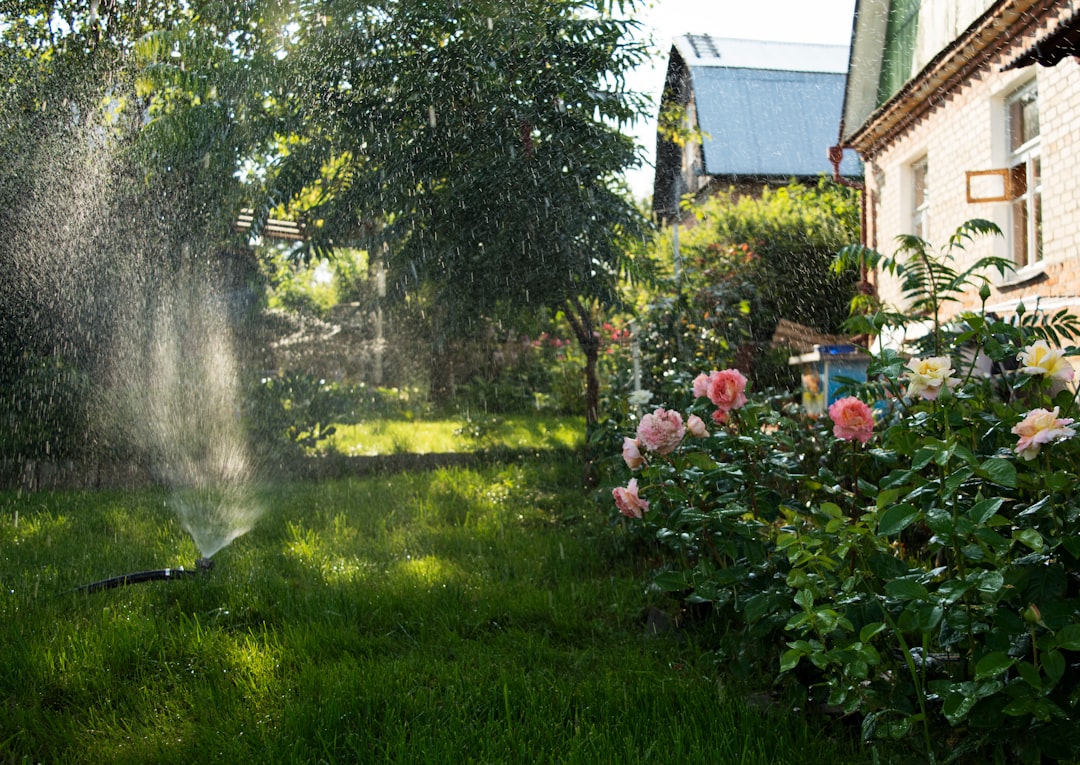
Unveiling the Hidden Gems of Perennial Gardening
Unveiling the Hidden Gems of Perennial Gardening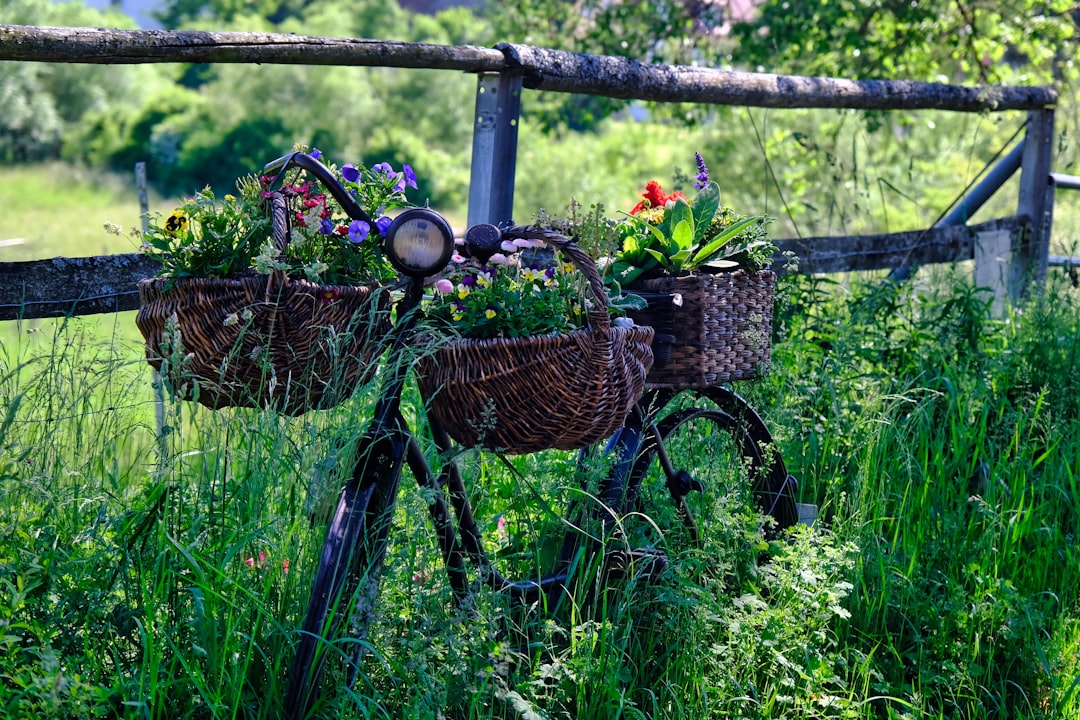
Unleashing the Beauty of Perennial Black - Eyed Susans in Your Garden
Unleashing the Beauty of Perennial Black - Eyed Susans in Your Garden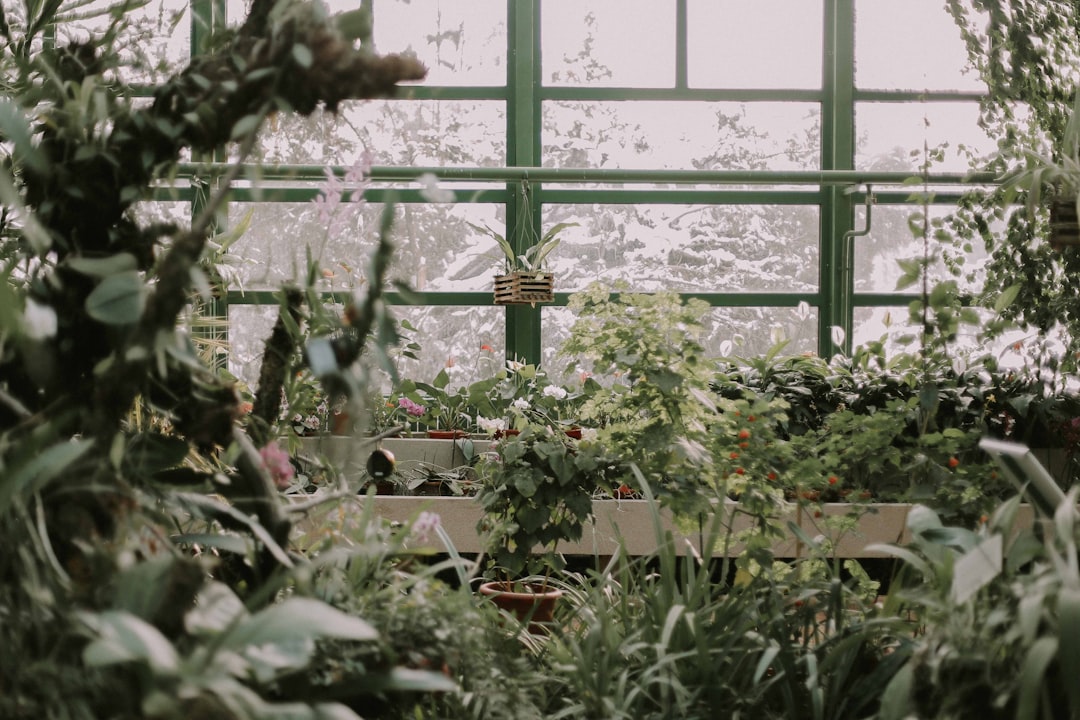
Unveiling the Secrets of Trillium Growth
Unveiling the Secrets of Trillium Growth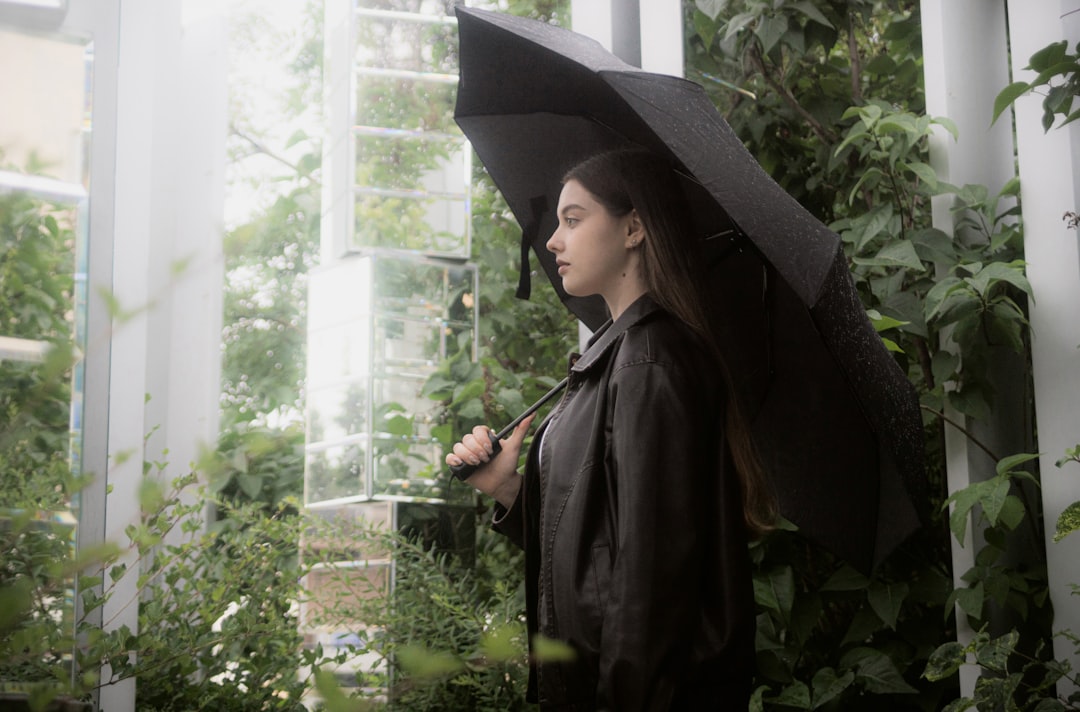
The All - Season Charm of Sedum Plants
The All - Season Charm of Sedum Plants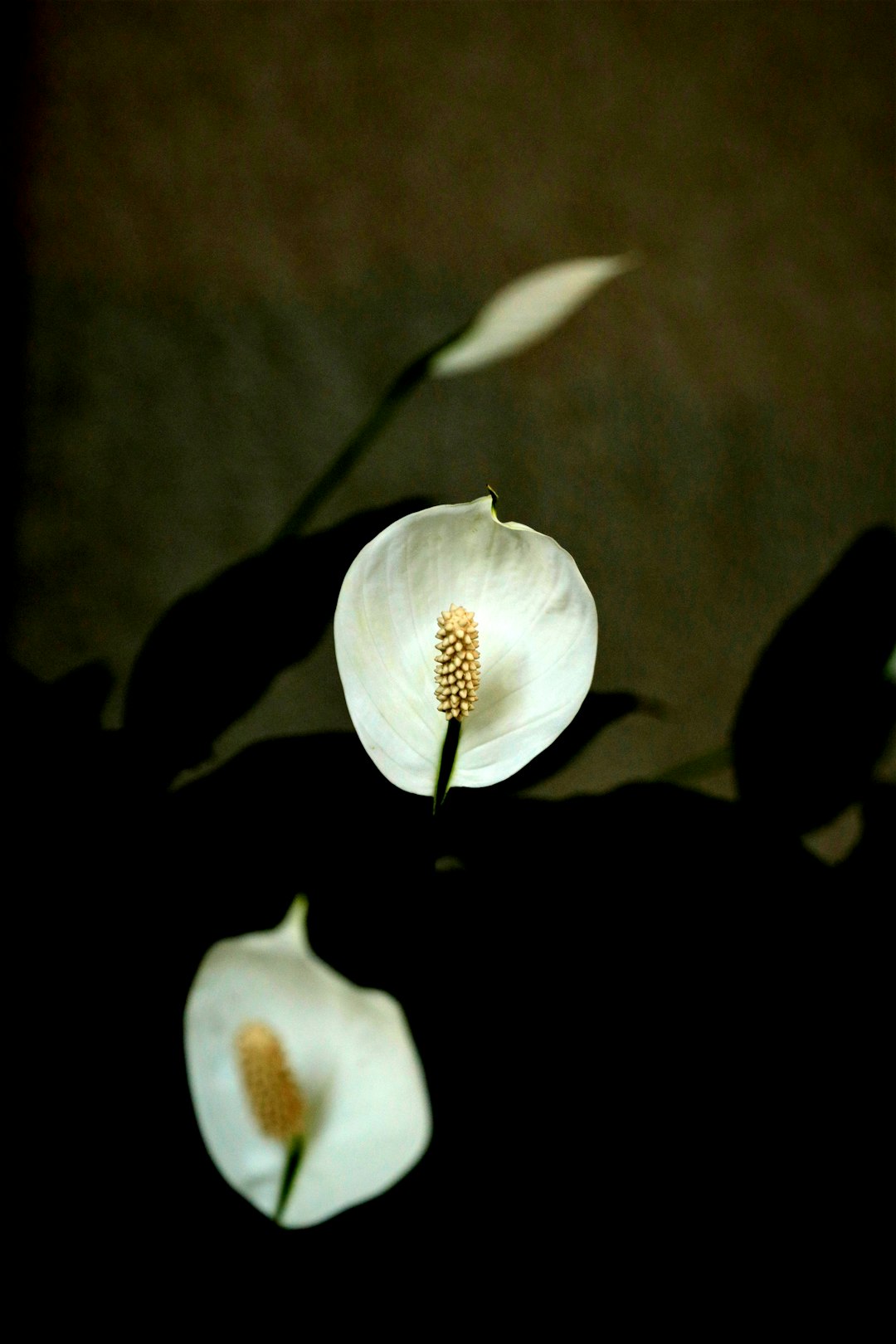
Banishing Snakes from Your Yard: Simple Solutions
Banishing Snakes from Your Yard: Simple Solutions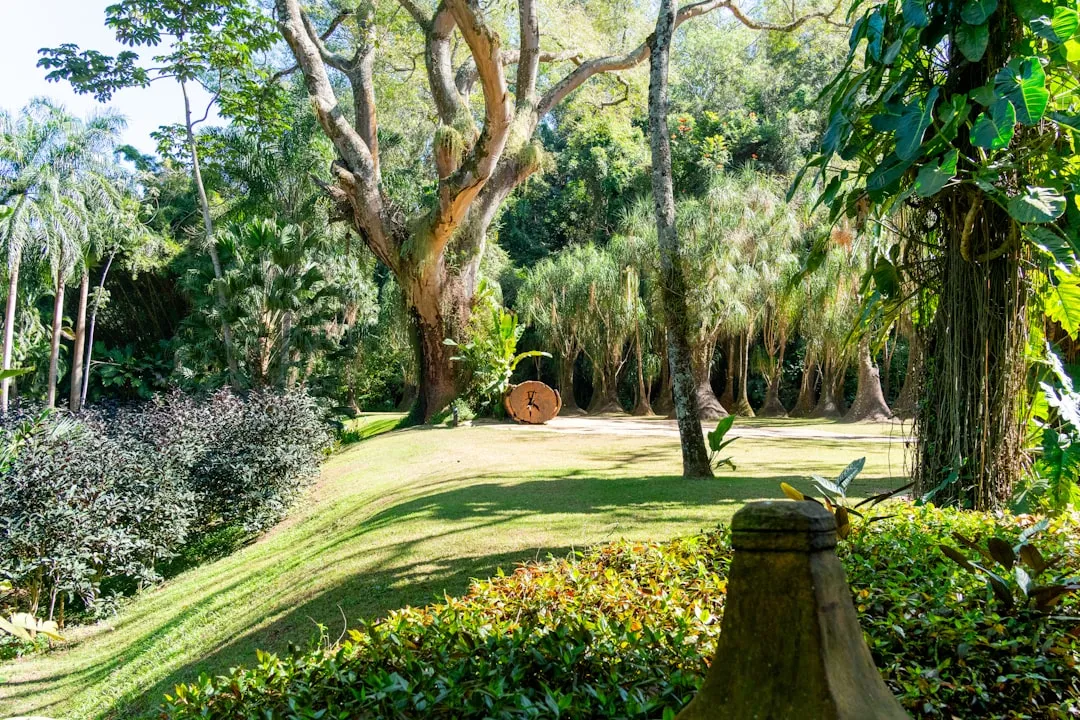
Secrets to a Bug - Free Garden: Conquering Squash Bugs Naturally
Secrets to a Bug - Free Garden: Conquering Squash Bugs Naturally
Transform Your Yard: Banish Crabgrass for Good
Transform Your Yard: Banish Crabgrass for Good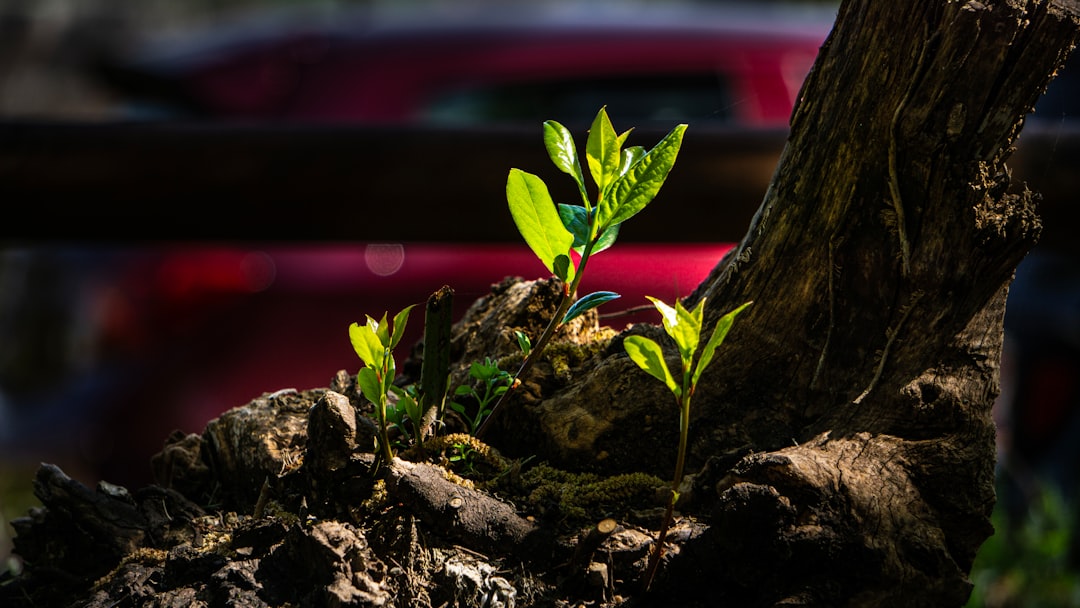
Unveiling the Wonders of a Low - Sun Garden
Unveiling the Wonders of a Low - Sun Garden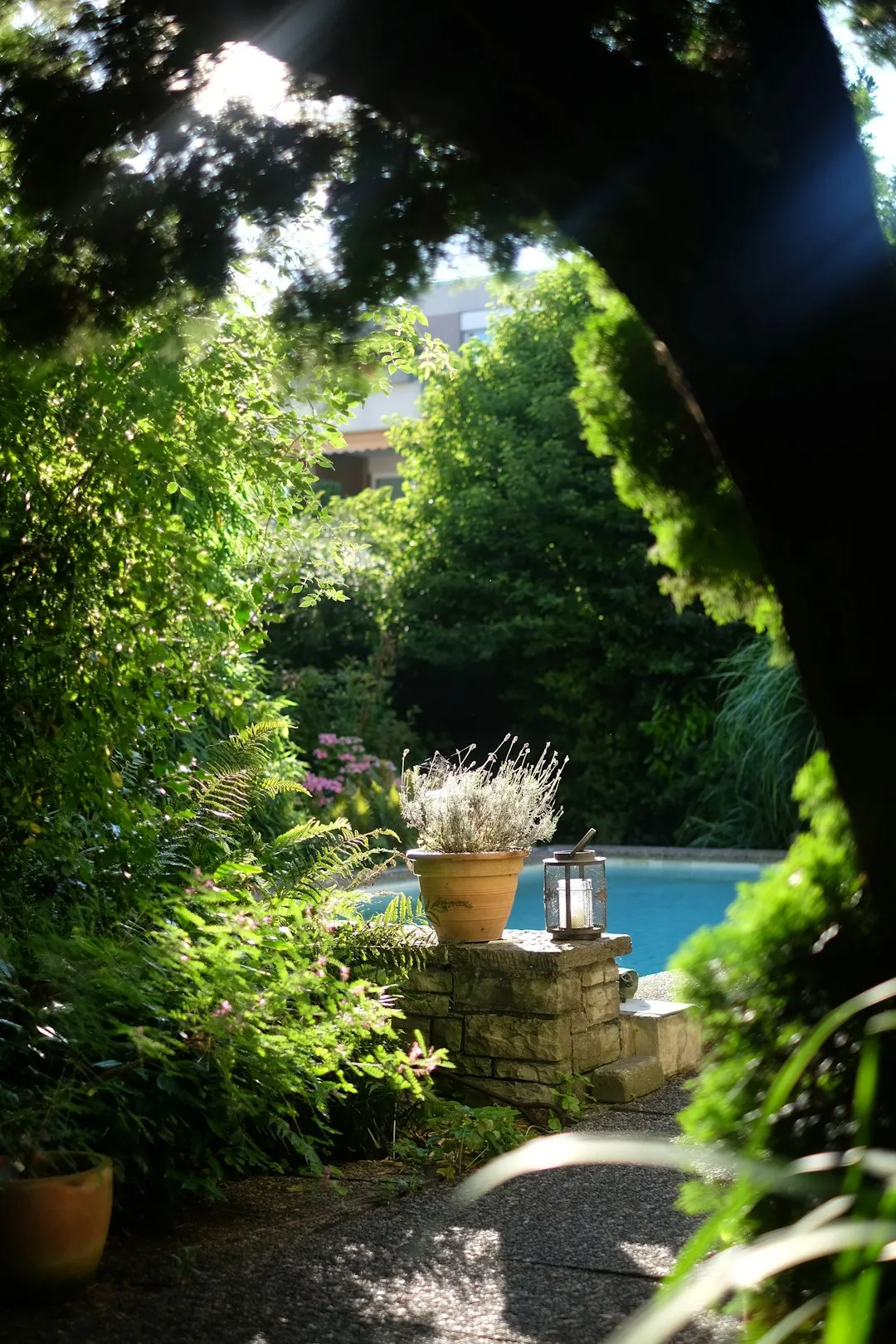
Unleash Your Garden's Potential: The Magic of Lasagna Gardening
Unleash Your Garden's Potential: The Magic of Lasagna Gardening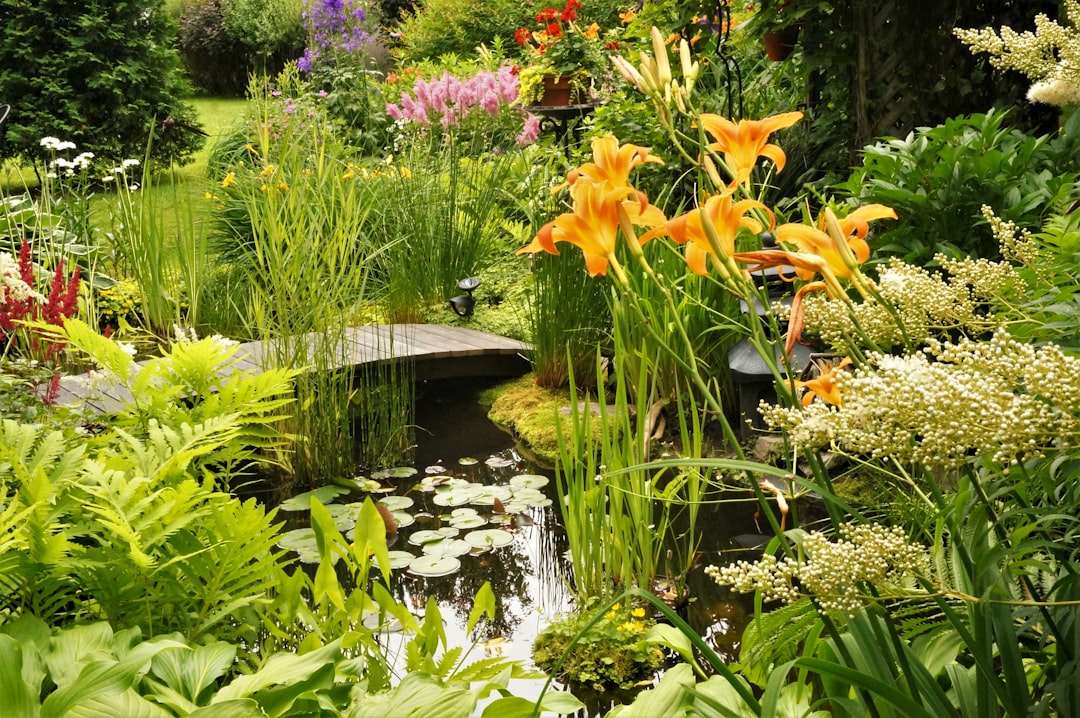
Unveiling the Mysteries of Lunar Gardening
Unveiling the Mysteries of Lunar Gardening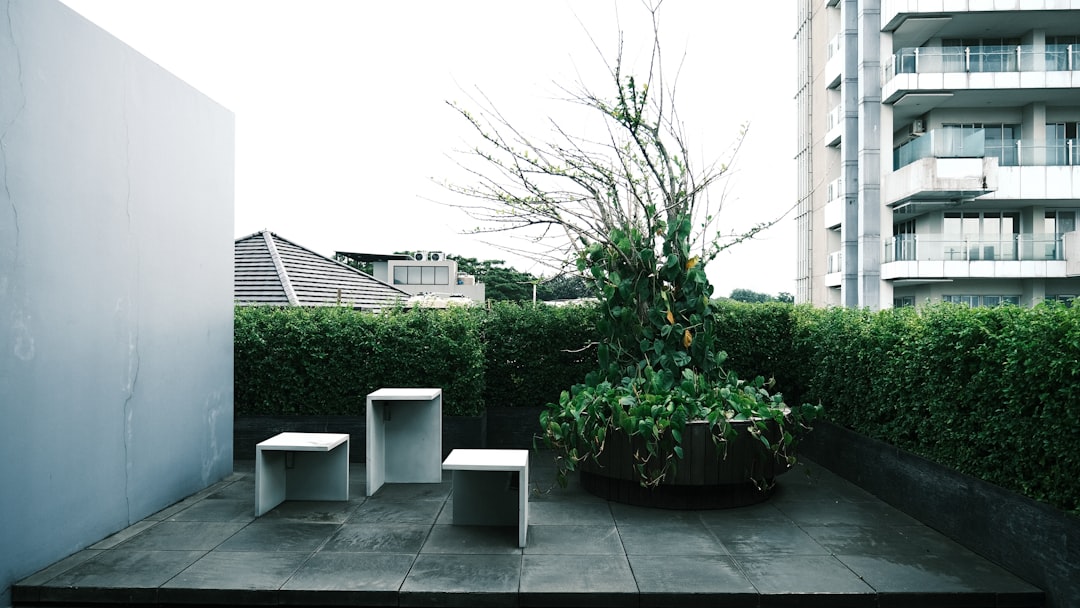
Unleash Your Inner Herbalist: A Guide to Indoor Herb Gardening
Unleash Your Inner Herbalist: A Guide to Indoor Herb Gardening